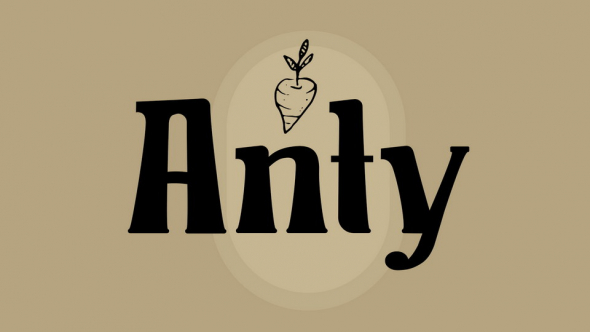Akaya is a single weight experimental display typeface in Kannada, Telugu and Latin scripts. Akaya Telivigala and Akaya Kanadaka are made as two separate font files which share a common Latin. The goal of the project was to design a typeface that harmonizes gracefully the Kannada, Telugu and Latin scripts.
Telugu and Kannada scripts trace their origins to the highly stylised Kadamba script. Over the following centuries, these scripts were patronised by successive dynasties who reinterpreted this script several times. These interpretations were increasingly pragmatic in nature, stripping off structural complications to a great degree.
This simplification was taken a step further by the early Christian missionaries who made the first lead types for these scripts. However, when they did this, they introduced a copperplate inspired stroke modulation to these characters which were largely monolinear in nature till then. The stroke modulations in these founts followed the horizontal axis. The letter shapes here were geometric and constructed. These early experiments by the missionaries remains the most widely accepted style and works well for text settings.
When one looks around the hand-written Telugu or Kannada landscape today, found on book titles, graffiti or propaganda notices, a recurring calligraphic style is evident. This appears quite distinct from the rigid, formal text styles. The letters’ shapes here are more fluid and proportions more generous. The stroke modulations and the diagonal stress echo Latin calligraphy and work well for both Kannada and Telugu scripts. Akaya is based on this lively hand-written style.
The letter shapes for Akaya experimented with reverse ductus, where each character is written with its stroke direction reversed to add fluidity. The same principle and contrast angle is applied in Akaya Latin, depending on the structure of the letter. This is forms the basis for its characteristic shapes.















